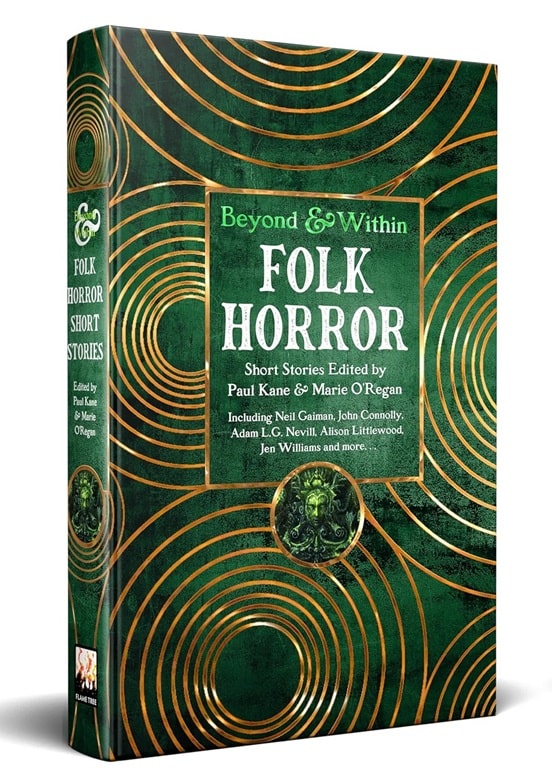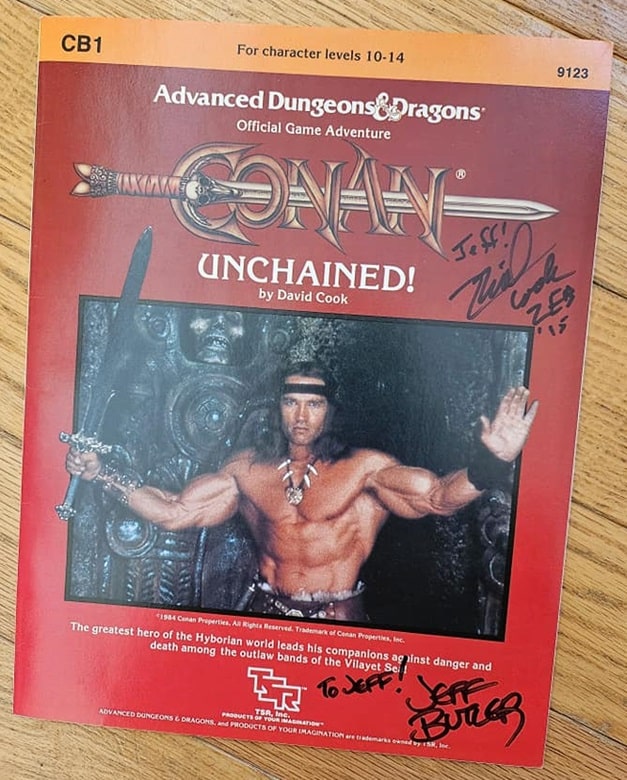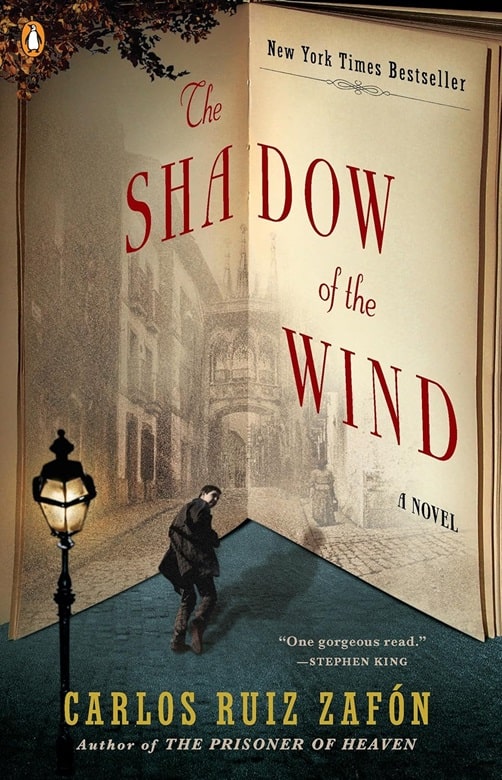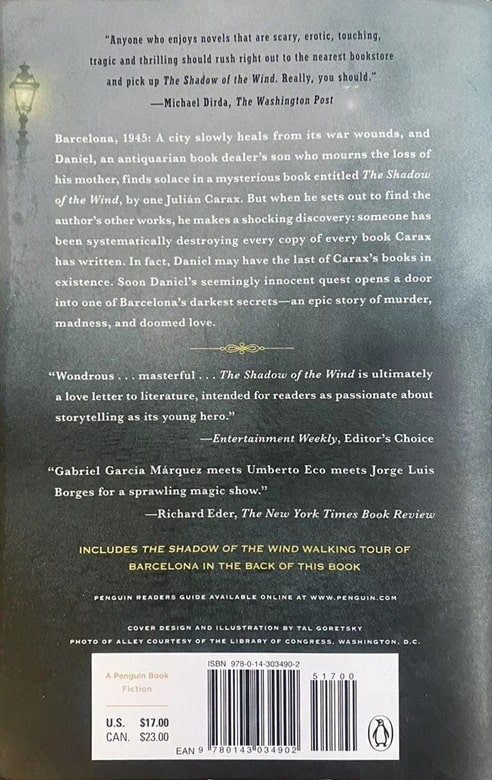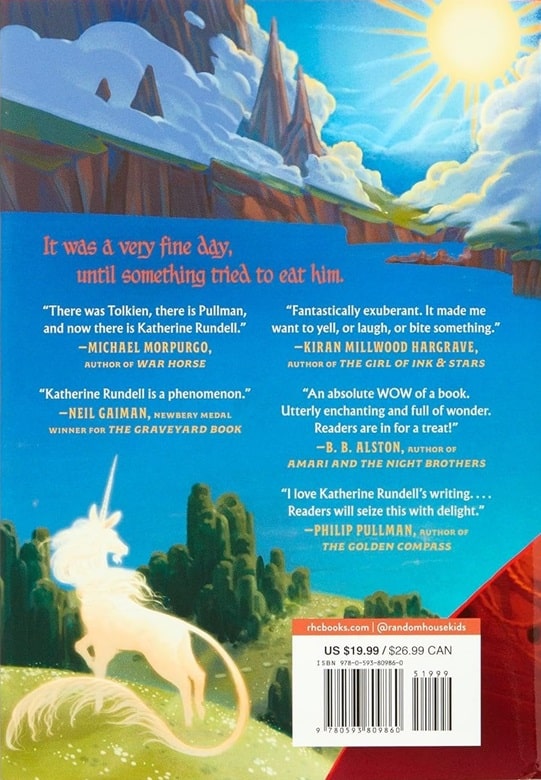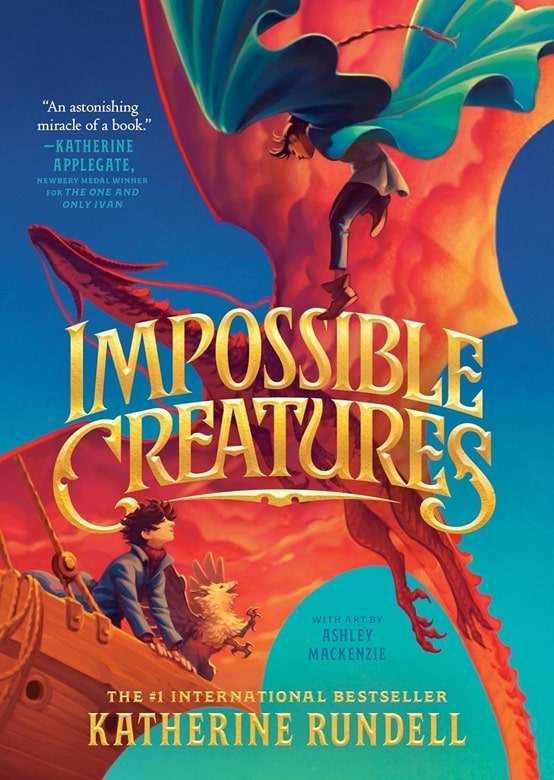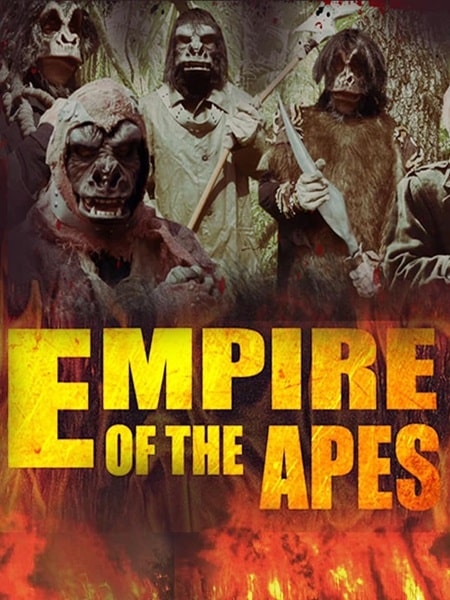Gary Gygax’s 17 Steps to Role-Playing Mastery (Steps 1 to 5)
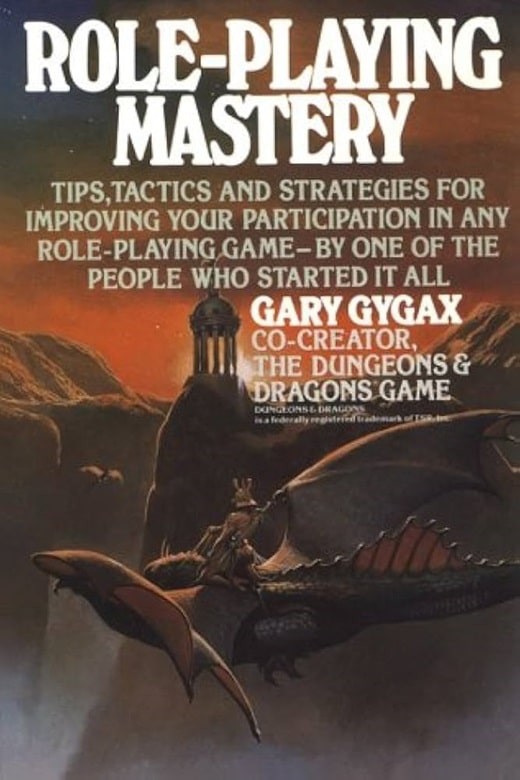
My Dungeons and Dragons roots don’t go back to the very beginning, but I didn’t miss it by much. I remember going to our Friendly Local Gaming Store with my buddy. He would buy a shiny TSR module and I would get a cool Judges Guild supplement.
And I remember how D&D was the center of the RPG world in those pre-PC/video game playing days. And Gary Gygax was IT. It all centered around him. So, I read with interest a book that he put out in 1987, less than twelve months after he had severed all ties with TSR.
Role Playing Mastery is his very serious look at RPGing. He included the 17 steps he identified to becoming a Role Playing Master.
If you’re reading this post, you probably know that Gary Gygax and Dave Arneson co-created Dungeons and Dragons circa 1973-1974. Unfortunately, it was not a long-lasting partnership and lawsuits would ensue. While both were instrumental in creating D&D, it is Gygax who is remembered as the Father of Role Playing.
In 1987, Gary Gygax put out a book entitled Role-Playing Mastery, which gave guidelines on how to excel as a player in role-playing games. At that time, there were essentially two versions of Dungeons and Dragons. The Original, or ‘Basic’ game, had evolved under Tom Moldvay’s rules development.
